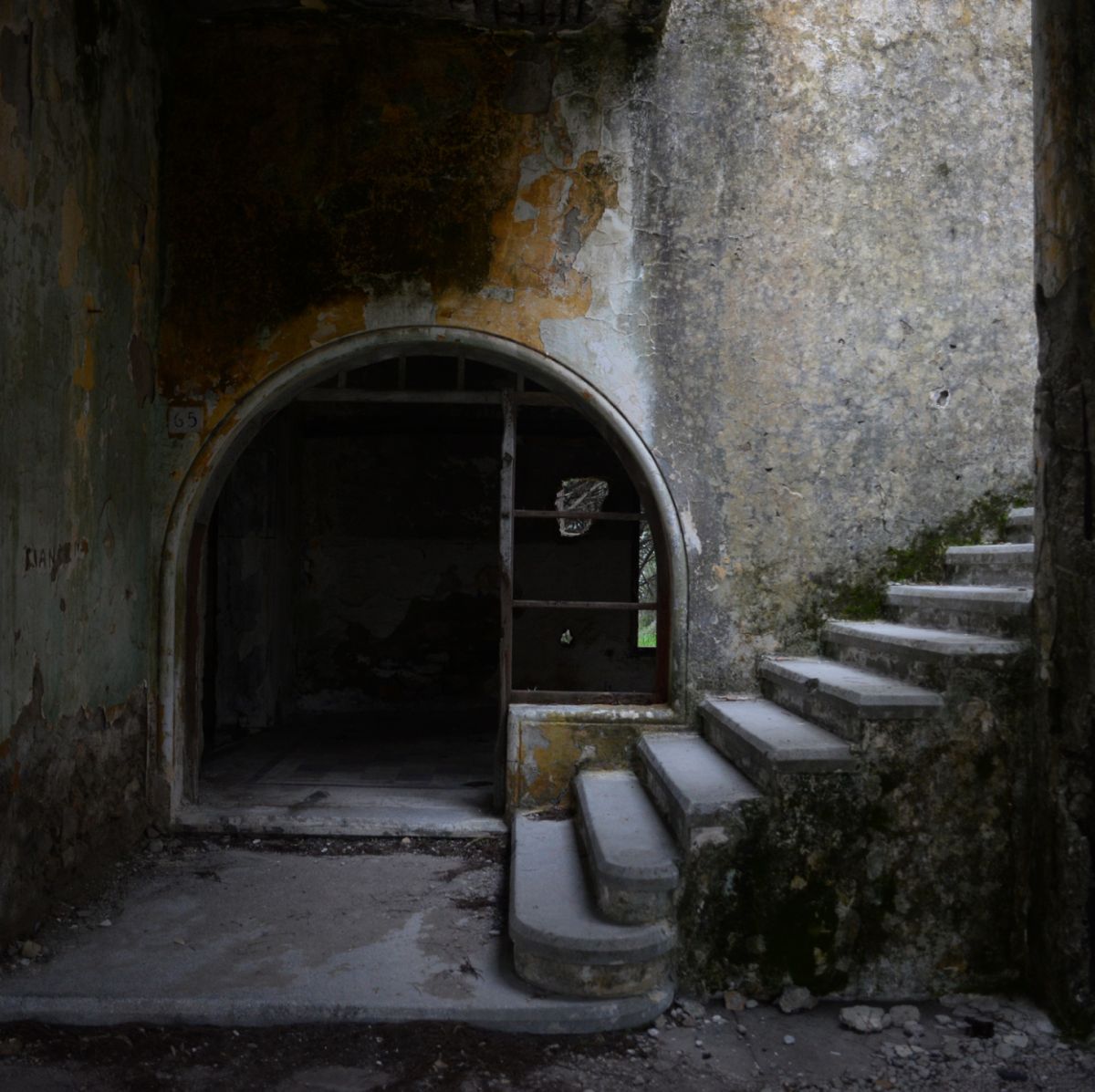Although often considered solely as a design discipline, the wider intellectual tradition of architecture remains important to the discipline. The Research units in the MArch are key to our students’ development of their own agendas: defining what they are concerned with as future architects. Students are given space to develop their positions towards the built environment and aided in articulating this fully. Students are asked to develop their own research questions, and to position themselves regarding the existing literature as well as engaging in archival research, field work, or interviews.
The dissertation trains students in rigorous academic discourse, framing their arguments within wider debates and constructing arguments in an orderly fashion. The aim is to produce a consistent piece of research based on the appropriate methodologies. Students are matched with supervisors who can advise on the content, methodology, and practicalities of their research. Connecting architecture with other fields of study is one important part of the dissertation at MSA. Students can address topics including but not limited to historical aspects of architecture and how they intersect with political and economic conditions; materials, technology, and sustainability through their social impact; understanding the psychological impact of buildings on their inhabitants; variations of how architecture is practiced, its contemporary realities and propositions for its future; or how the aesthetics of other forms of creative practice might inform or be informed by architecture.
The dissertation is taught as a programme of lectures on research methods followed by focused individual & small group tutorials. Staff from across the MSA are involved in the supervision of the dissertation, connecting students directly with tutors who have relevant research interests.
The dissertation is completed as a requirement for the Part II RIBA examination, and conforms to the ARB criteria. The investigations made by students in their dissertations often drive subsequent design and research projects, both in education and practice.


